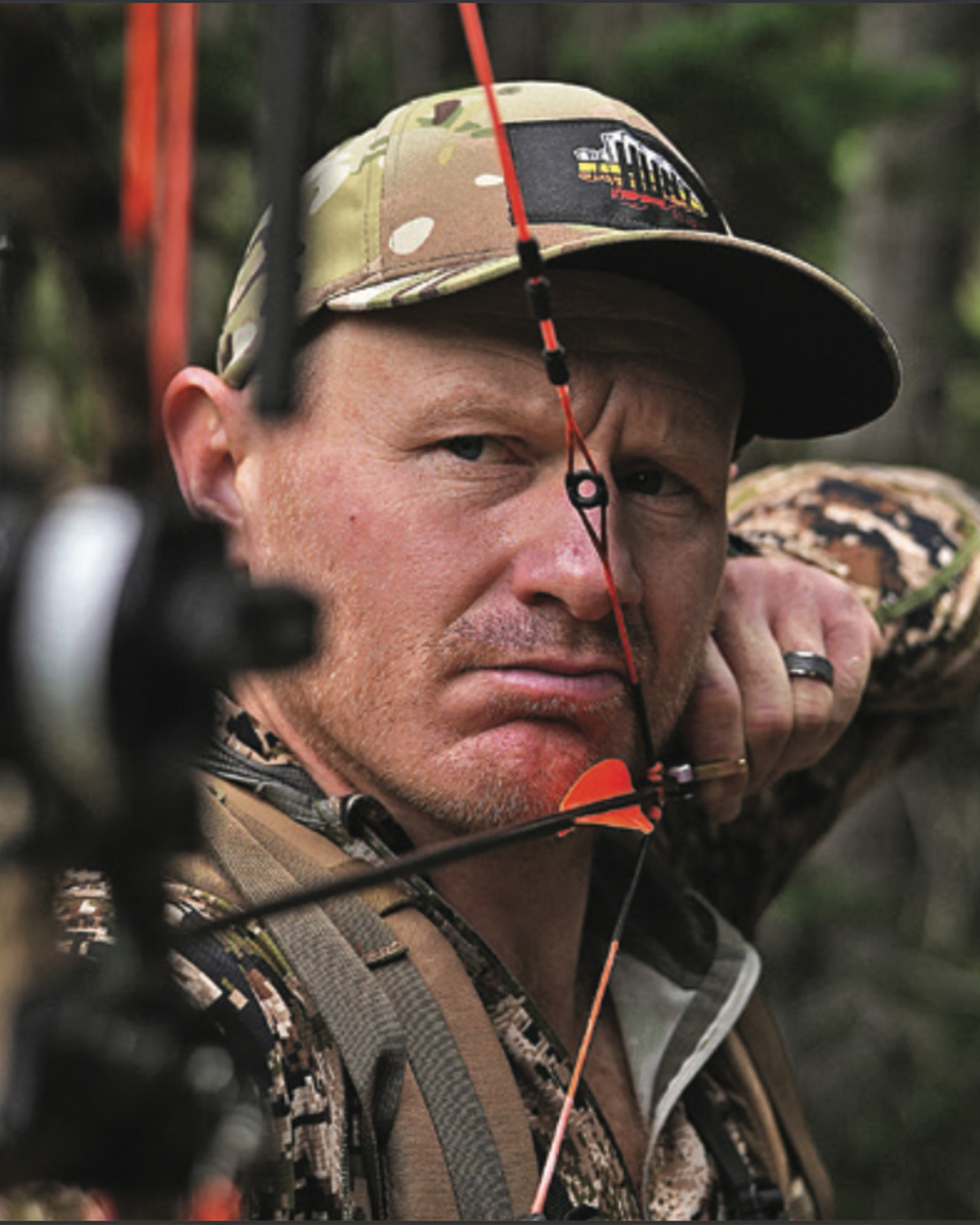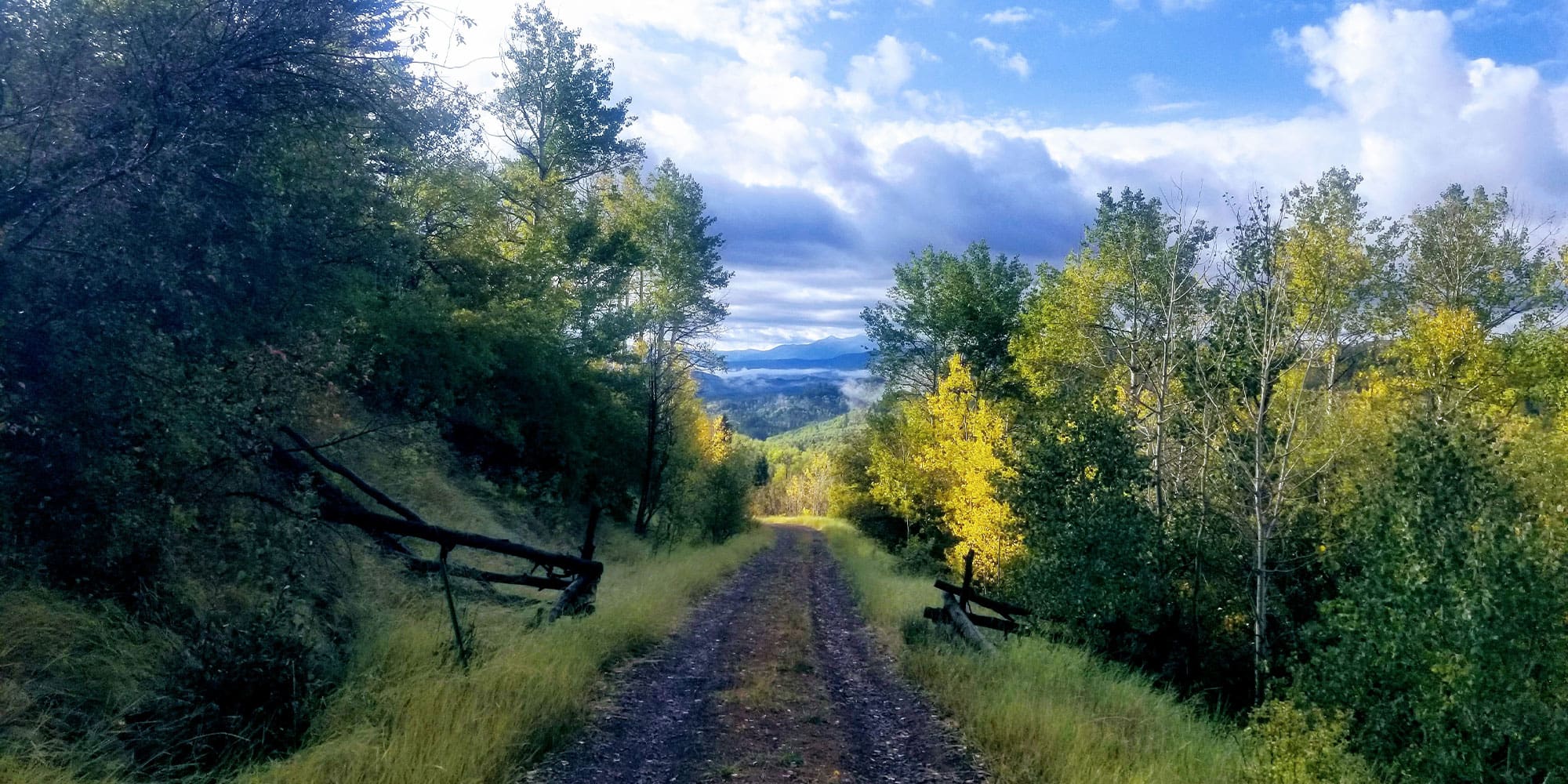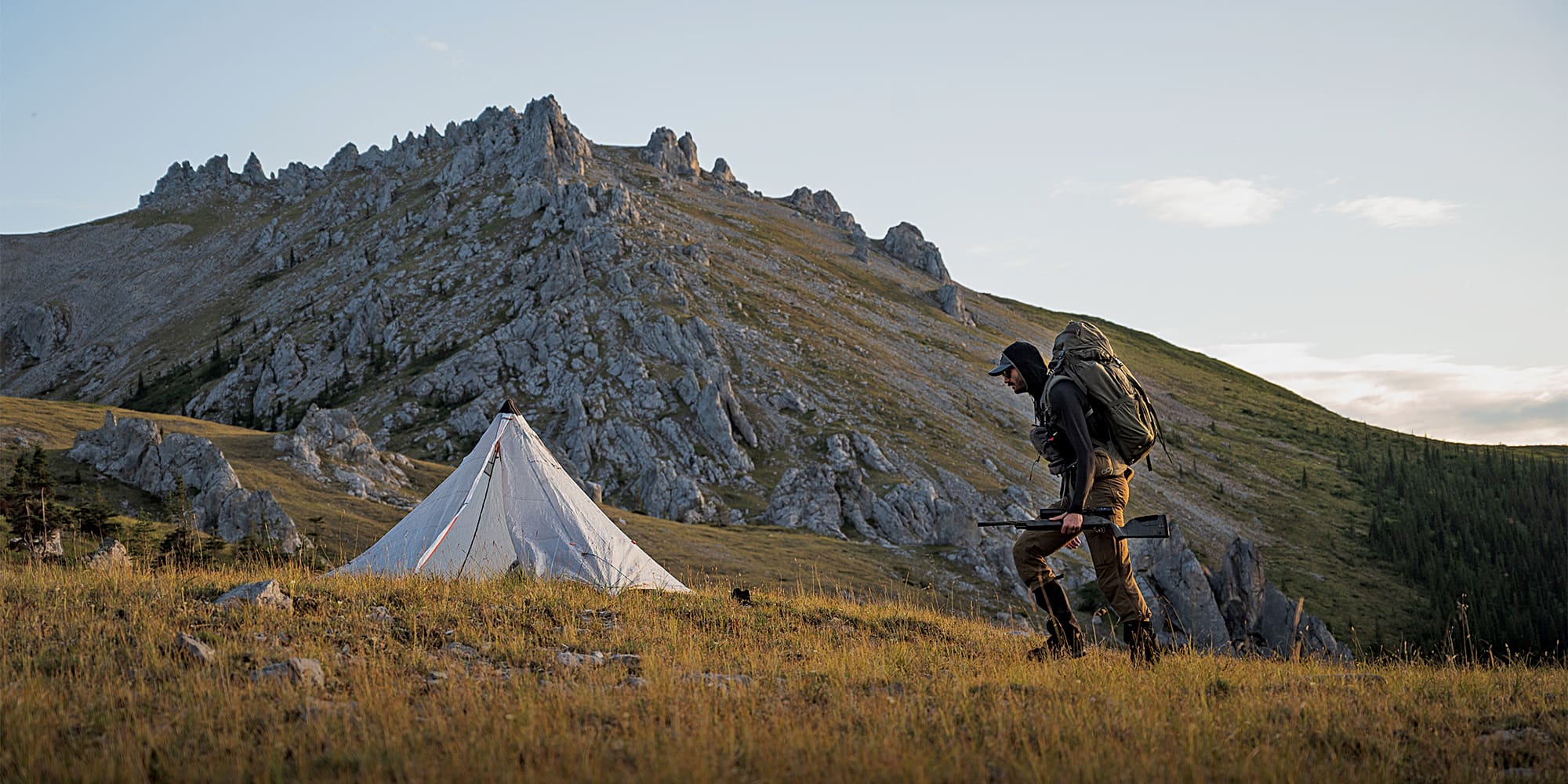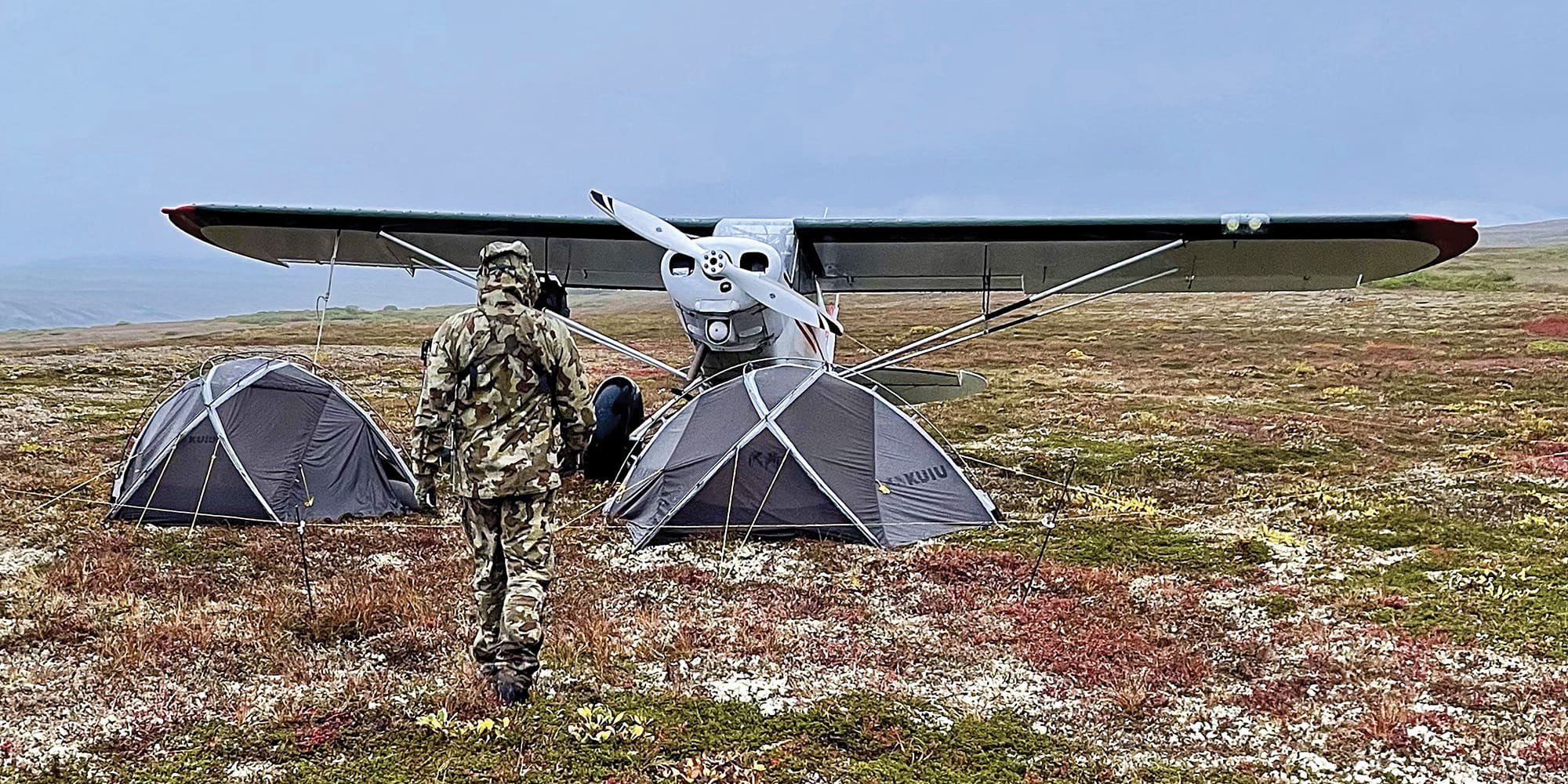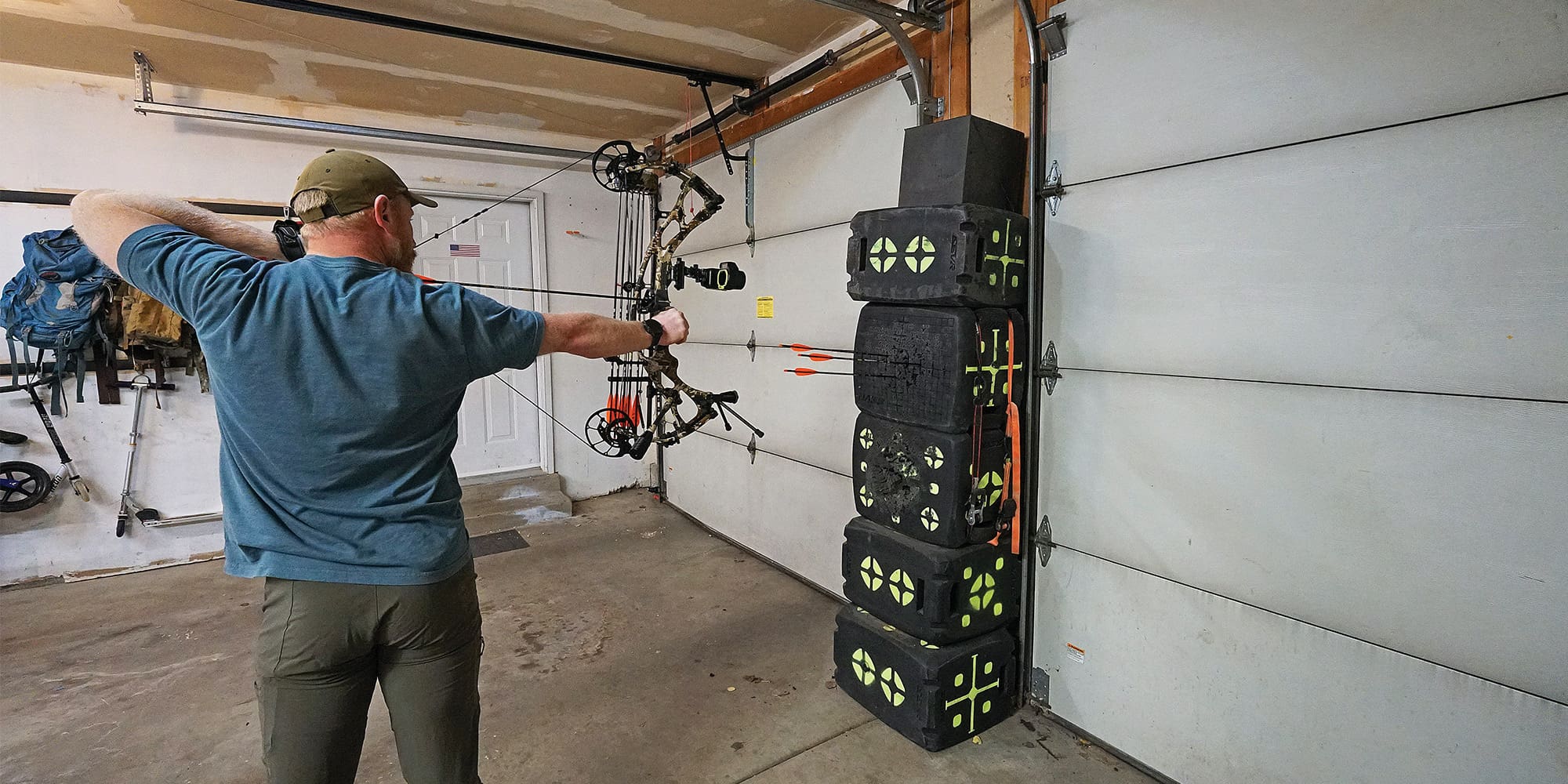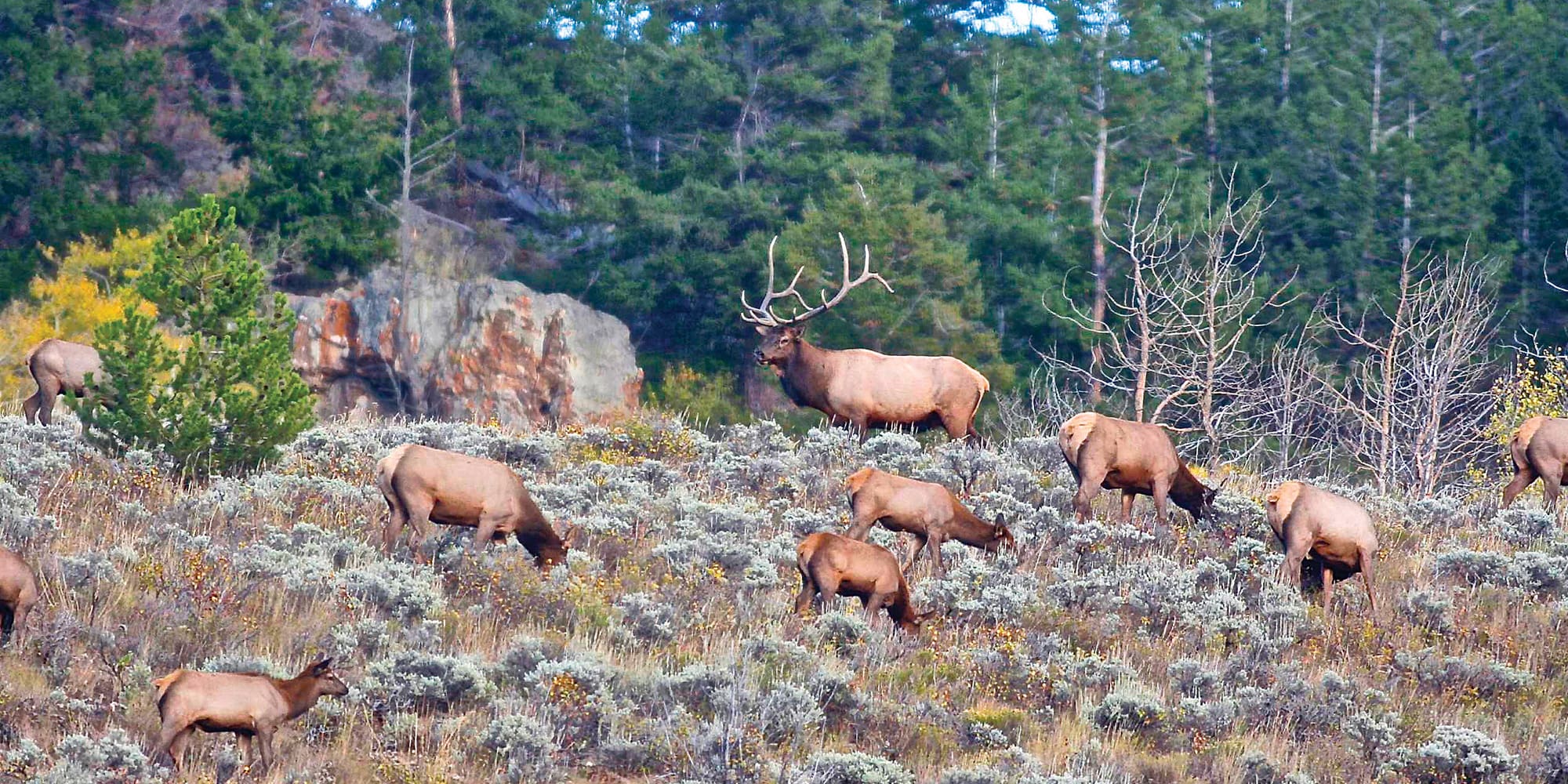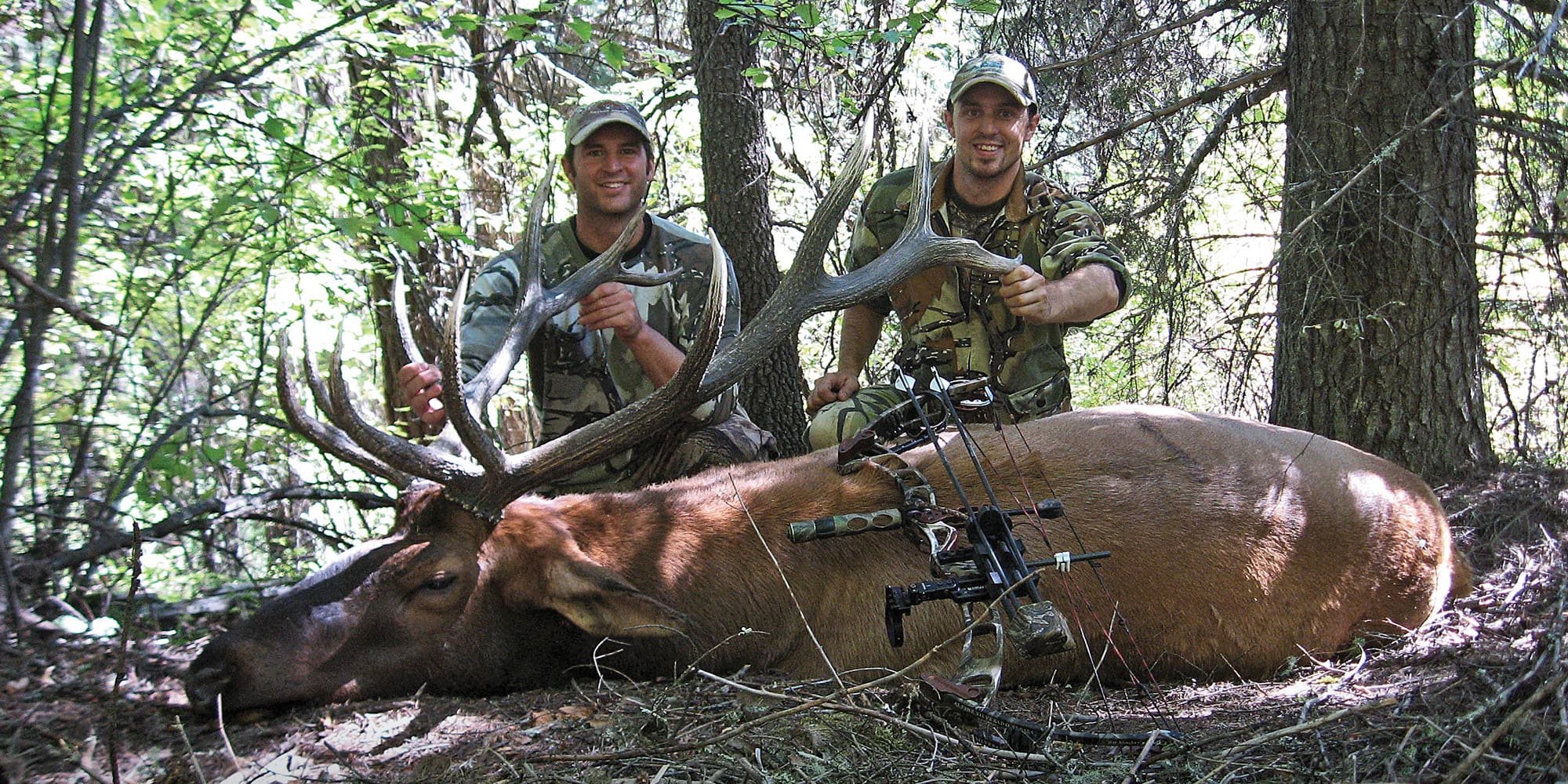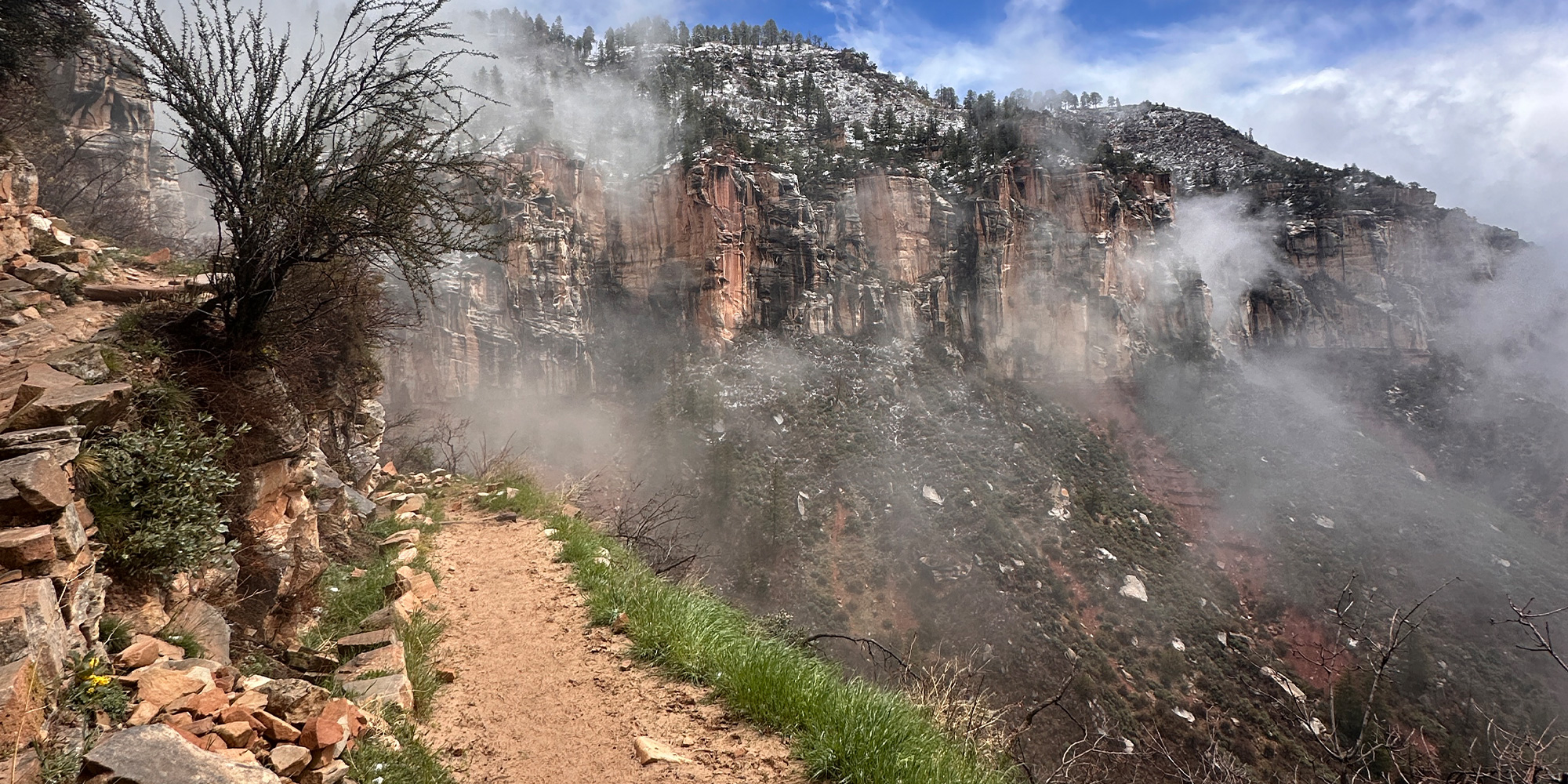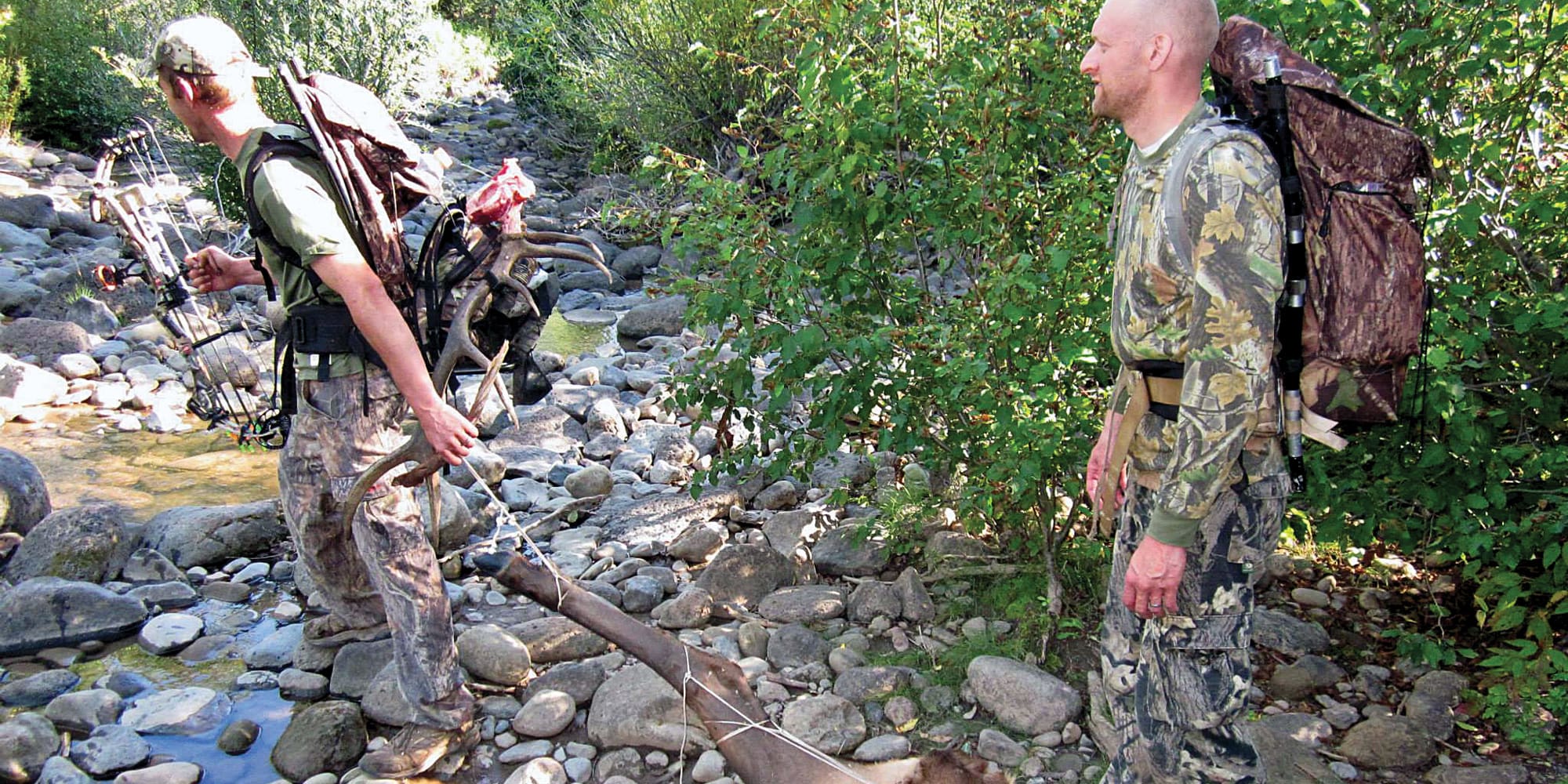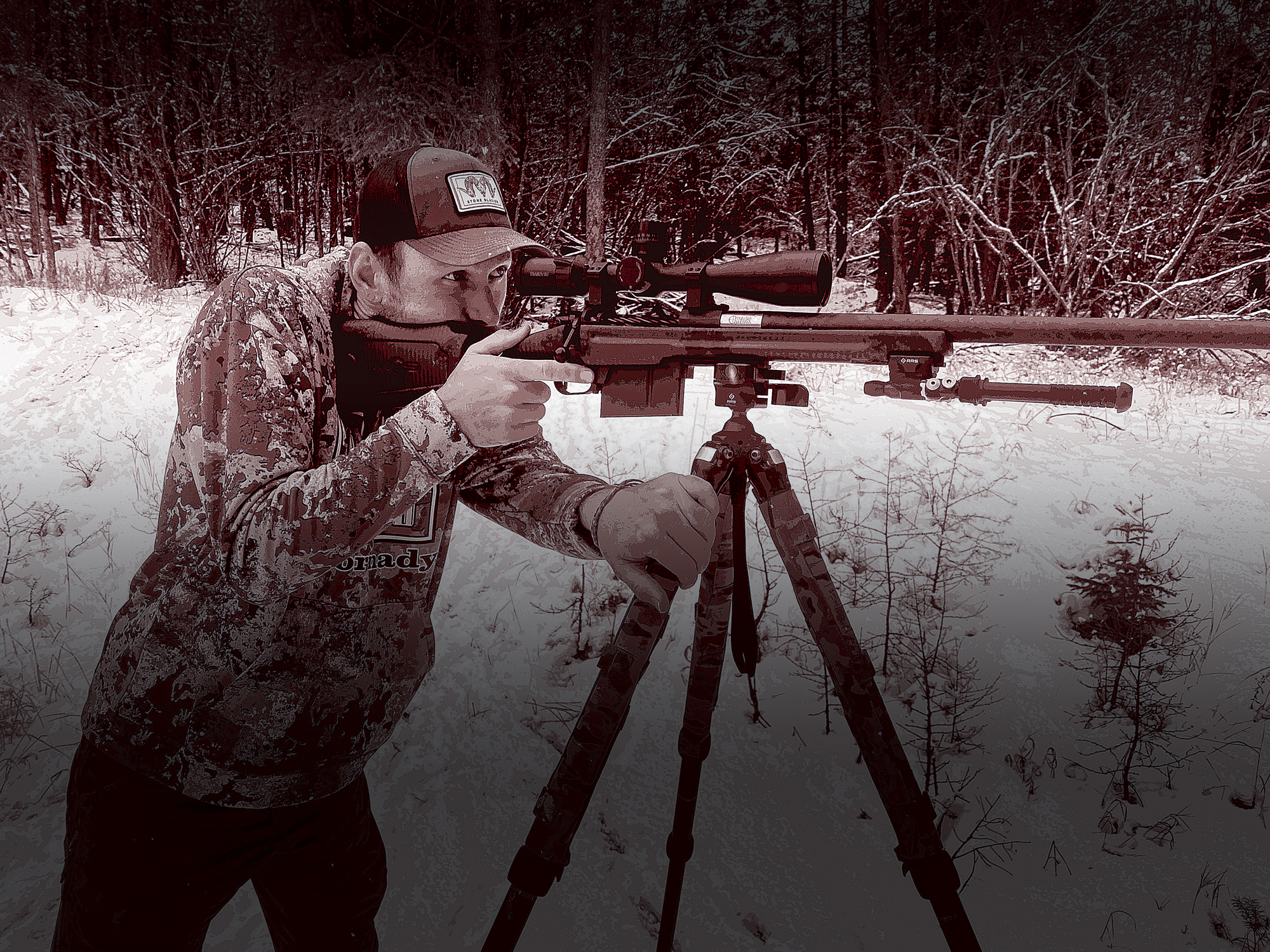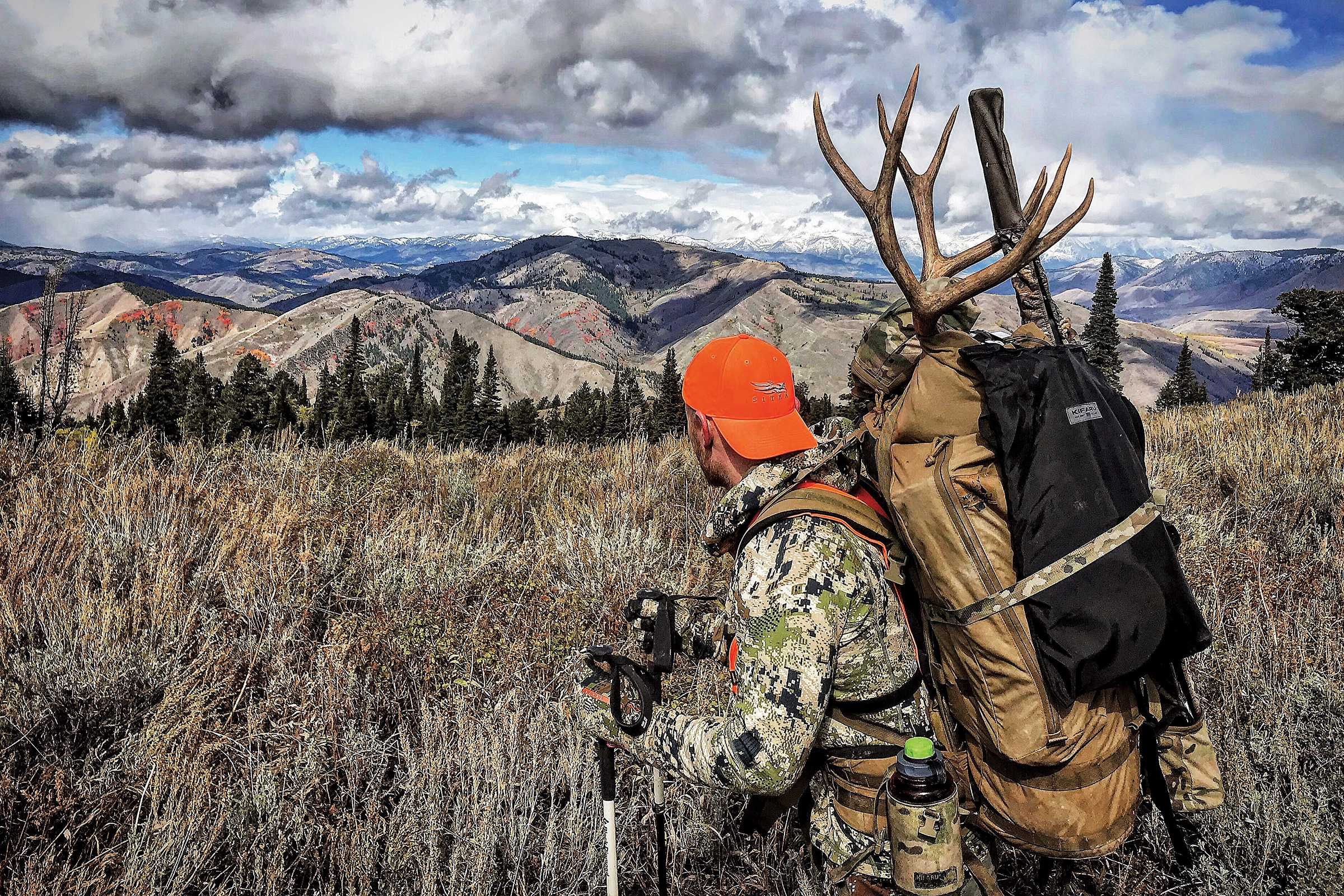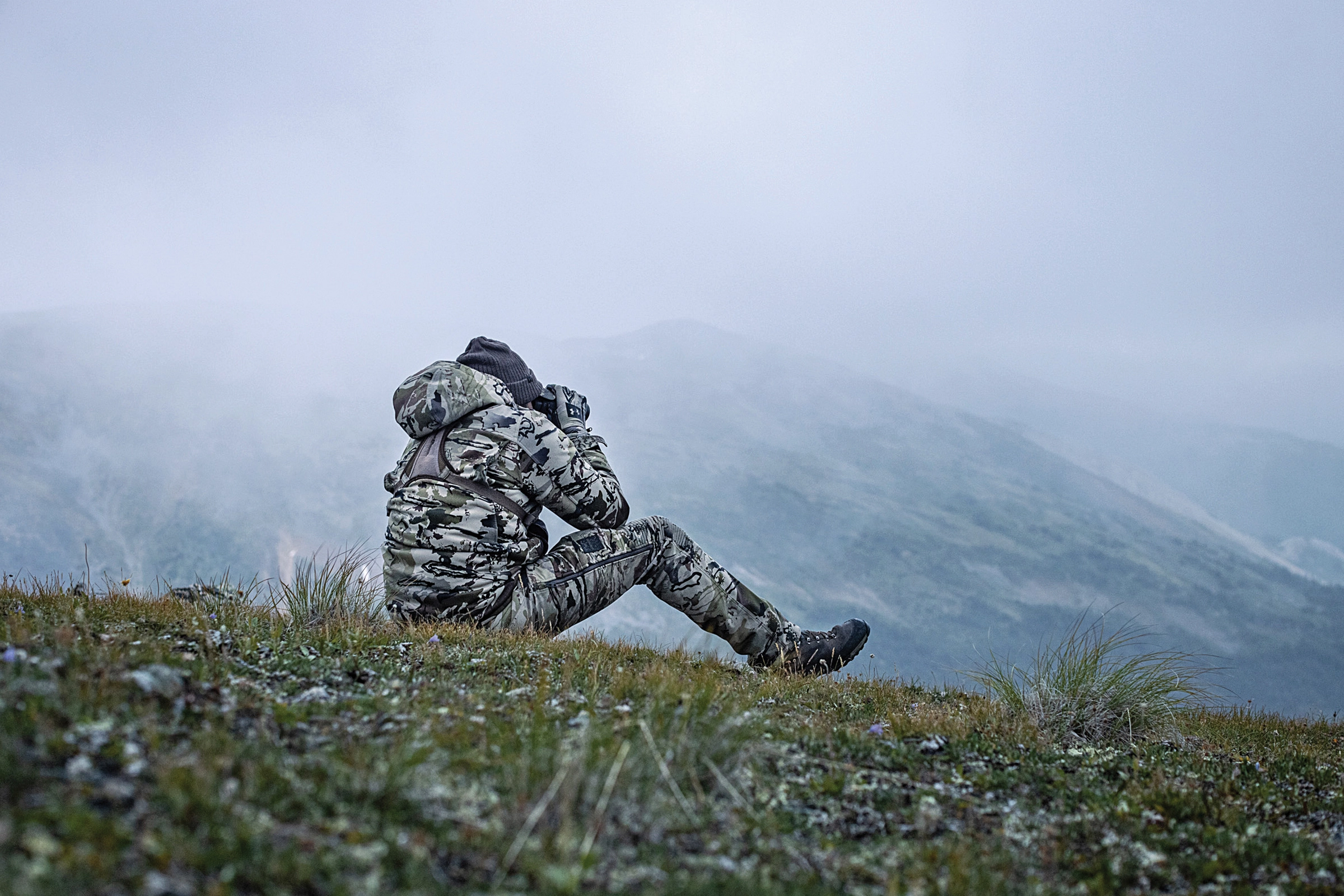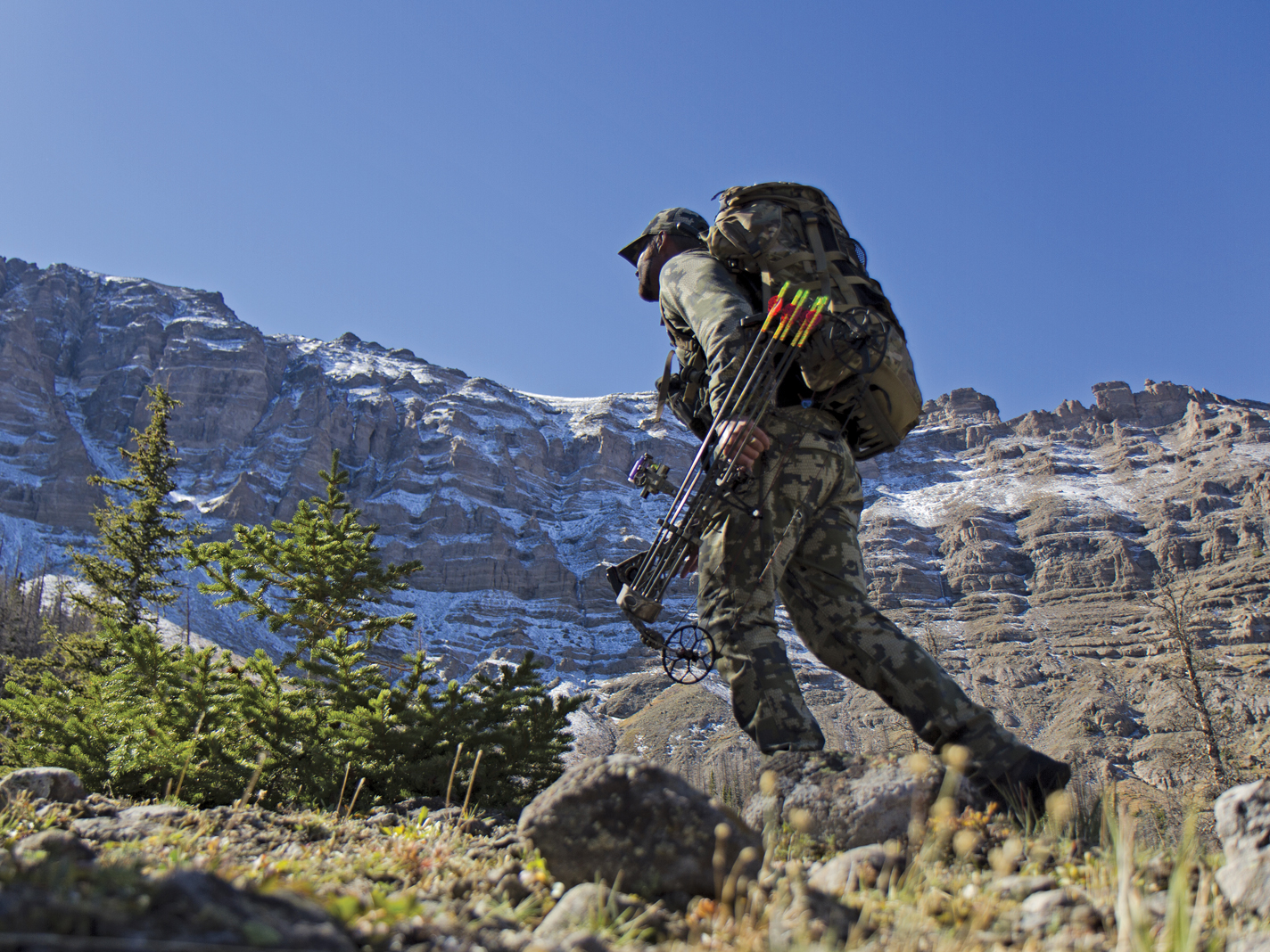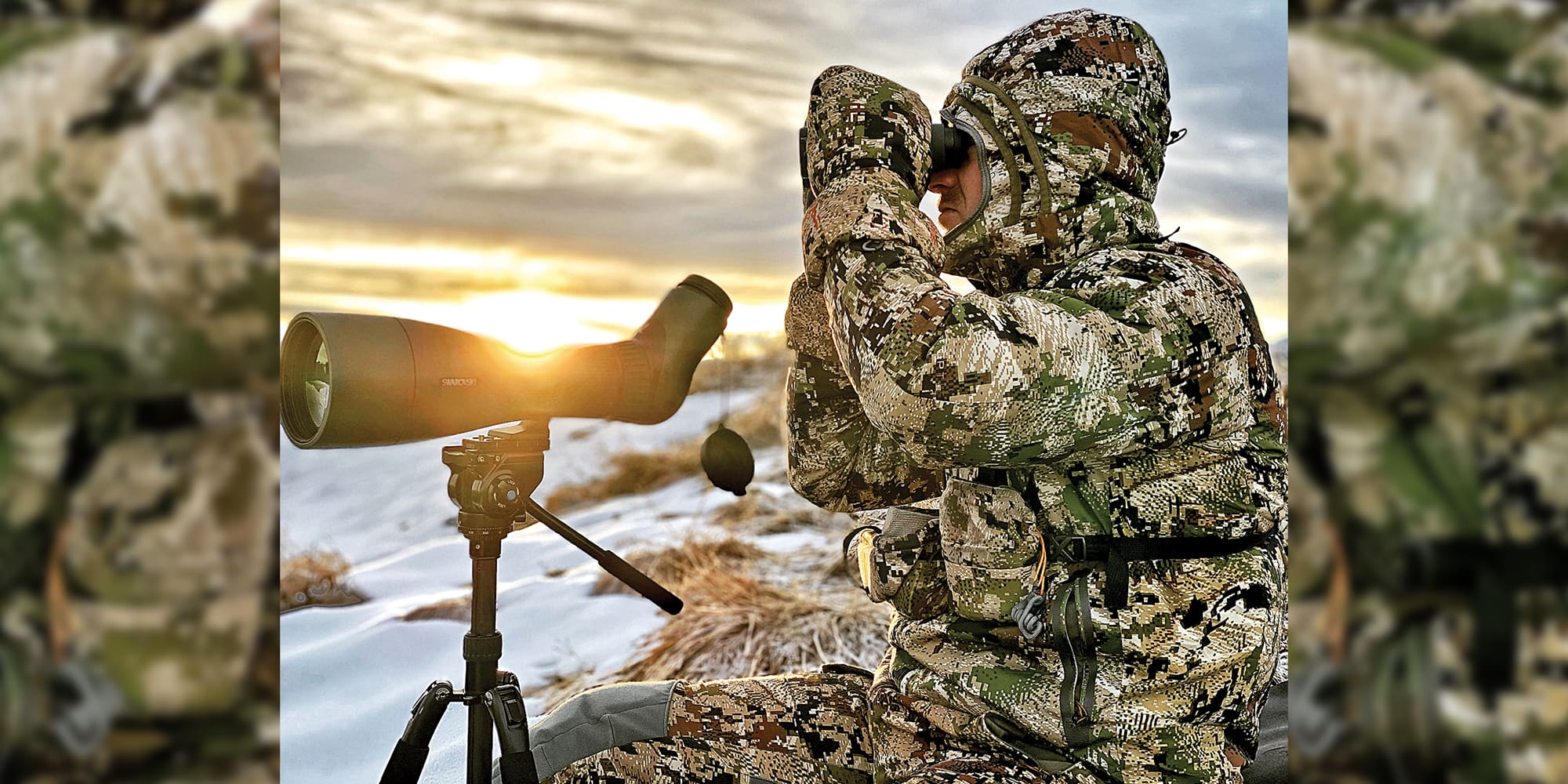
NOTICE: Certain links on this post may earn a commission for Western Hunter Magazine from Amazon or our other affiliate partners when you make a purchase. Thank you for your support.
A Thermoregulating Strategy Utilizing Several Layers from Sitka Gear
Advancements in hunting technical apparel are rapidly evolving every year. Hunters are now employing the strategies of technical layering systems that have been used by mountaineers for decades, and for good reason. Mountaineers and climbers are presented with the most difficult thermoregulating challenges on every trip. A pair of climbers, one belaying and one climbing, are often exposed to extreme weather circumstances as they make their way up an alpine rock face.
Alpine climbing really challenges a thermoregulating strategy because the climber must have few layers on to prevent overheating while climbing, but the stationary belayer will often sit for a couple of hours on a weather-exposed ridge until it’s their turn to climb. Even more so than hunting, carrying an abundance of layers while climbing is virtually impossible.
Nothing will keep you more content in the mountains than staying warm and dry. Getting wet when it's cold out is a cardinal sin that needs to be avoided at all costs. After years of mountain climbing all over the world, I have experienced the similarities between fields. The mountain hunter needs to avoid moisture not only from the outside (precipitation) but also from the inside (sweat). Obviously, a good set of rain gear is mandatory to keep the outside moisture out, but keeping the inside moisture away is more complicated. Thermoregulating is the key to avoiding sweating too much and staying dry from the inside.
Every single upper-body layer I carry in the mountains has a hood. One of the most critical bits of clothing or layering advice I can give is the importance of hooded layers in the mountains. The hood is critical in helping you thermoregulate on the mountain without having to constantly stop and take layers on or off. With a simple flick of the wrist, the hood goes on or off, and that simple act of wearing or not wearing a hood will greatly increase the comfort temperature range of any upper-body garment.
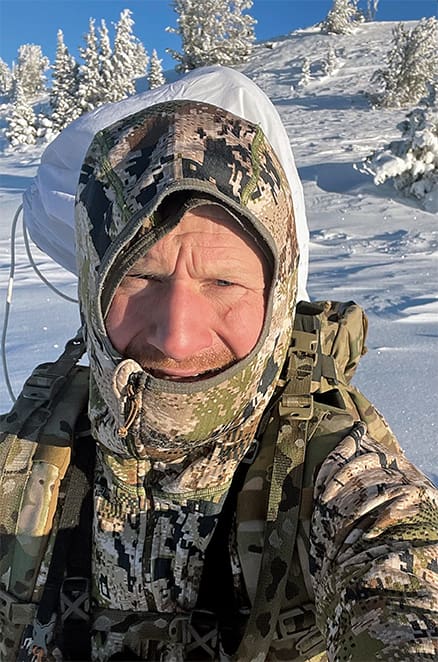
Mountain Hunters are Pushing Limits Like Mountaineers
Mountain hunters are in a unique circumstance that can really challenge a layering and thermoregulating strategy. Very few mountain sports have the same combination of high aerobic output followed by long stretches of sedentary, low aerobic output (glassing). To make it even more challenging, hunting typically takes place when the climate starts to cool in the fall and, oftentimes, during inclement weather. The difficulty with mountain hunting is that you can’t simply carry an abundance of layers to keep you warm and dry either because each layer has a weight penalty.
The importance of the hood is one of the critical strategies that I’ve taken from my climbing and applied to my mountain hunting. Imagine being on a rock face with a climbing harness on and trying to add or remove layers. It’s impossible. What is possible is quickly pulling a hood on or off in between climbing moves. Similar to mountain hunting, hiking up the mountain on a cold morning with your pack and binocular harness on, it’s not the easiest thing to add or remove layers frequently, but it is easy to take a hood on or off as needed. Any small gain in the versatility of a garment (increasing comfort temperature range) because of features like hoods or venting zippers is a big win for climbers and hunters alike.

Heat Transfer Basics
The reason the hood is so important for thermoregulation is the amount of body heat that is lost through the head. Old Army Survival Manuals used to claim that you lose 40%-45% of your body heat through your exposed head. I think modern research has debunked the extent of that claim, but what is certain is you do lose proportionally more heat from the parts of your body that have the most blood flow.
The warmest places in the body are the places with the most blood flow i.e., the torso and head (your core body temperature of 98.6°F extends from your torso to your head). You may have noticed that on cold days, it’s important to bundle up the torso, but you can leave the legs and arms with fewer layers. The reason for that is the legs can be up to 15°F colder than the core, so the body loses less heat through the legs. Like the torso, there is a lot of blood flow to the head. The heat that flows out from the head to the cooler surroundings is very easily controlled with a hood or a beanie.
If your physical output level is high and you need to dump a lot of heat quickly, take the hood off. As soon as you stop for a break on the trail, slow your pace, or stop to quickly glass a ridge, you can immediately impede that heat flow by putting the hood back on. This is a very simple concept, but it is critical to staying warm and dry in the mountains.
Remember, staying dry from the inside (not overheating) is critical to staying warm. One thing that will sap your heat faster than anything is the evaporation of sweat. If you do not control your sweating on the hike in, you will be dripping with sweat by the time you reach the top. Once you sit down to glass, the sweat will pull heat from your body as it evaporates, and that will leave you cold to the bone.
Hood over Beanie Every Time
There are a few reasons why I like a hood over a beanie. First and foremost, the hood is always attached, which means you can’t lose it. I have accidentally donated a few beanies to the mountain, as have many of my friends. To go along with this topic, once you take the beanie off, where do you put it that is quickly accessible? I used to try to stuff it in my pants cargo pocket, but it never fit well, and it was always a little uncomfortable walking around with a big bulge in that pocket.
The other major reason why I prefer a hood over a beanie is that it is more efficient at capturing the body’s heat. It is common knowledge that heat rises. The heat that is generated from the torso will rise up and escape through the collar of a jacket without a hood. The hood does a great job of capturing this rising heat. A hood is also considerably more effective at covering and insulating the neck than a beanie. Lastly, hoods will prevent snow and other debris from falling down your shirt through the collar.
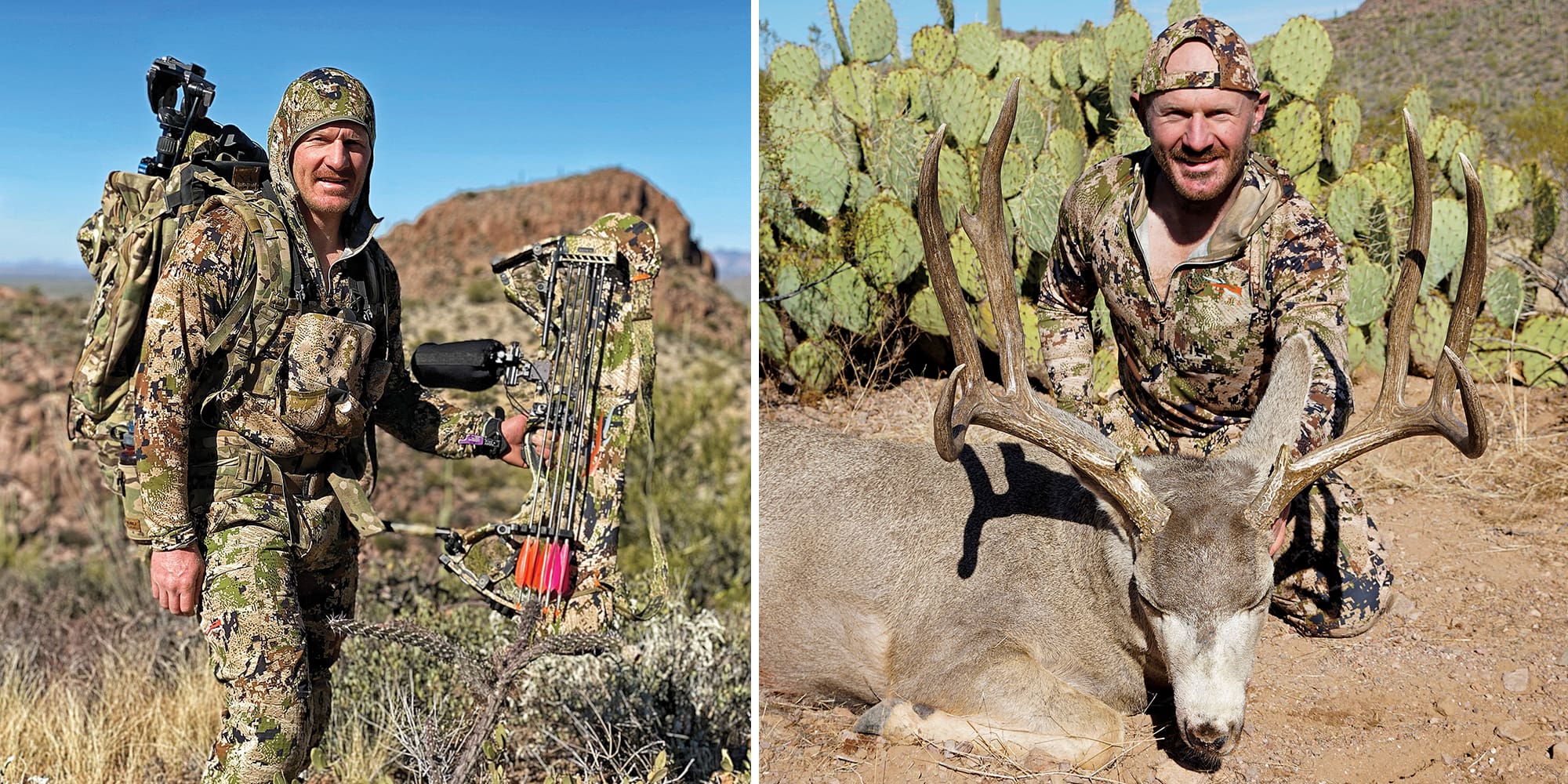
Right: The half-length chest zipper on the Sitka Core Lightweight Hoody is great for dumping heat on a hot day.
My Top Choices for Layering
All of the upper-body layers that I carry into the mountains have a hood, right down to my core layer. My favorite layering system on the market is that of Sitka Gear because they offer so many hooded options. My upper-body layering system consists of four major pieces from Sitka. From the inside out, it goes like this: Core Lightweight Hoody (base layer), Heavyweight Hoody (fleece, mid-layer), Kelvin Lite Down Jacket (insulating layer), and Dew Point Jacket (shell, outer layer).
Truly, my favorite among all the upper-body base layers I’ve tried over the years is the Sitka Core Lightweight Hoody. This hoody has several features that set it apart from the competition. I’ve already mentioned that it has a hood, but within this hood, there is a built-in pullover facemask (it's attached, so it never gets lost). The shirt also features a generous half-length chest zipper, which is great for dumping heat during high-output activities. The fabric of the hoody is 100% polyester, which is highly breathable and great at wicking moisture. I absolutely love the versatility of these lightweight hoodies. I obviously hunt in them (literally use this on every single hunt), but I also run in them, hike in them, fish in them, and even use them as a water shirt.
Although very lightweight, the layer does a decent job of retaining body heat because of the hood. If your exertion level is high, the hood is easily removed and the chest zipper opened. If you stop for a quick breather or slow your pace, you can zip it up and put the hood right back on. The simple addition of the hood and zipper on this garment extends its comfort temperature range significantly (in both directions, cooler and warmer). Being able to thermoregulate without having to constantly stop and take layers on and off is game-changing in the mountains.
Sitka Gear Kelvin Lite Down Jacket
The other layers that I really appreciate from Sitka are the insulating layers, especially the Kelvin Lite Down Jacket. Far and away, my two most-used upper-body layers are my Lightweight Hoody and this Kelvin Lite Down Jacket, which I refer to as my “puffy.” I love this Sitka puffy over others because it’s not just a simple down jacket with down uniformly distributed throughout like many other “puffies” on the market.
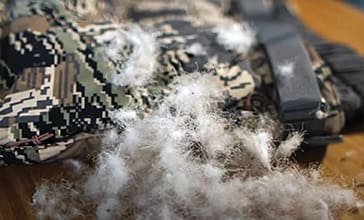
The Kelvin Lite Down Jacket was developed over several years, utilizing body heat mapping to strategically place the insulation where you need it the most. Additionally, the components of the jacket were optimized to be ultra-lightweight and, most importantly, uncompromisingly dependable.
I ran this jacket all last fall, most importantly on two brutally cold late-season bow hunts pursuing mule deer in Utah and Idaho during late November and December. The jacket performed perfectly on both hunts. Just like any other puffy I have used, this jacket goes into my pack, right on top or in the most accessible location possible. If it's cold out and I have to stop for long enough that it merits taking my pack off, I pull the puffy out and put it on, every single time. If the pack comes off, the puffy, and its hood, go on.
Conclusion
This thermoregulating strategy that I refined while climbing around the world is an important concept to keep in mind for total efficiency while hunting in the mountains. I constantly utilize the hood on my base layer (and other layers) to maintain a reasonable body temperature during variable output activities. Also, having my puffy jacket quickly accessible–and putting it on whenever I stop–allows me to hike with fewer layers on. Hiking with fewer layers on keeps me cool and prevents sweating which, in turn, keeps me warm and dry for when I stop.
Simple strategies like these go a long way toward staying comfortable in the mountains and performing at your best. If you are in the market for some new upper-body layers for this coming hunting season, I would strongly advise looking at garments with a hood to keep you more comfortable and hunting longer.


